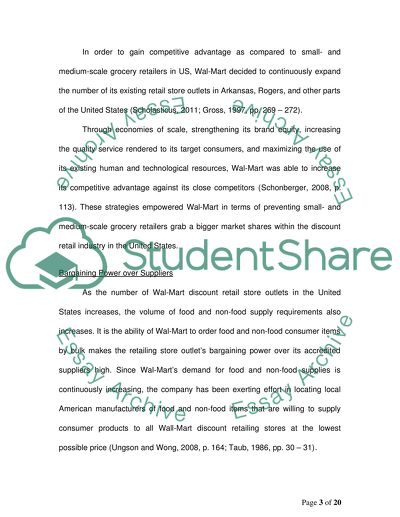Cite this document
(“Case study analysis (Wal*mart) Essay Example | Topics and Well Written Essays - 3250 words”, n.d.)
Retrieved from https://studentshare.org/environmental-studies/1406841-case-study-analysis-walmart
Retrieved from https://studentshare.org/environmental-studies/1406841-case-study-analysis-walmart
(Case Study Analysis (Wal*mart) Essay Example | Topics and Well Written Essays - 3250 Words)
https://studentshare.org/environmental-studies/1406841-case-study-analysis-walmart.
https://studentshare.org/environmental-studies/1406841-case-study-analysis-walmart.
“Case Study Analysis (Wal*mart) Essay Example | Topics and Well Written Essays - 3250 Words”, n.d. https://studentshare.org/environmental-studies/1406841-case-study-analysis-walmart.


